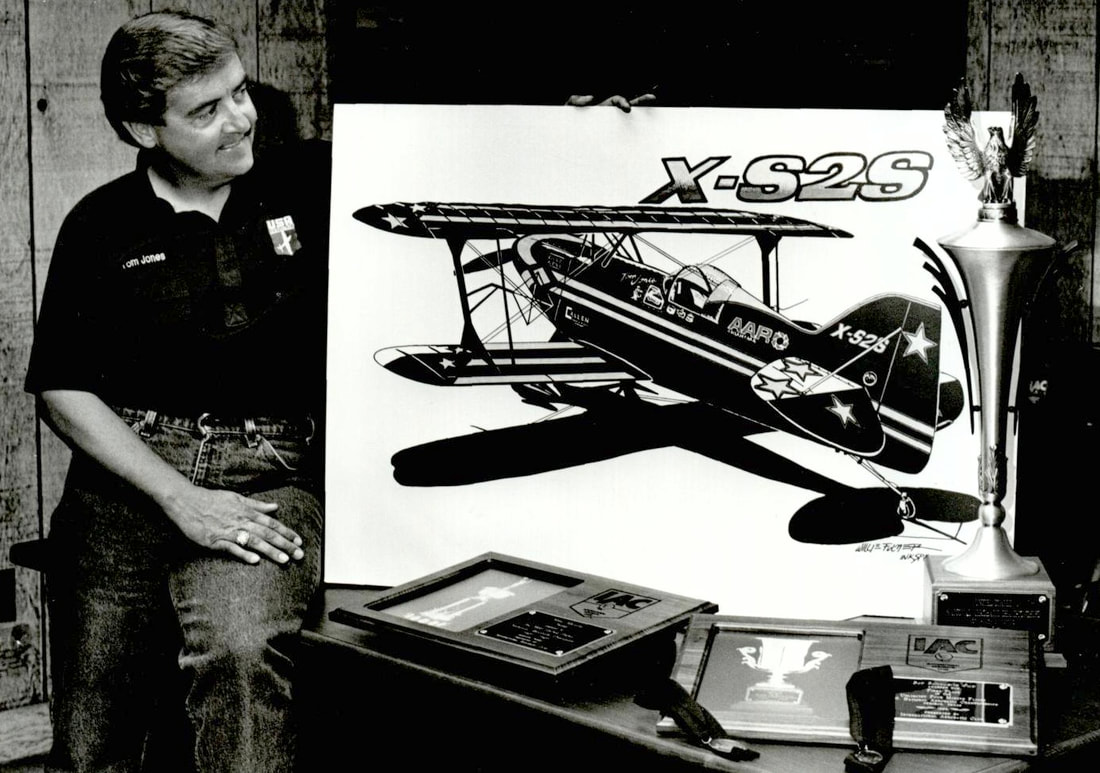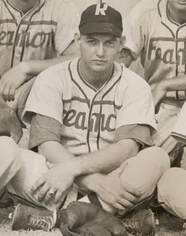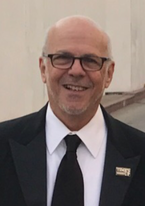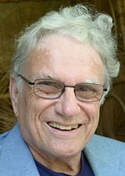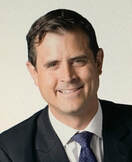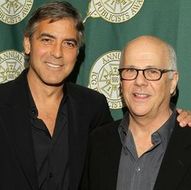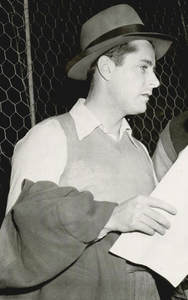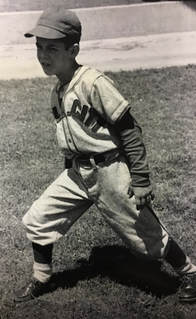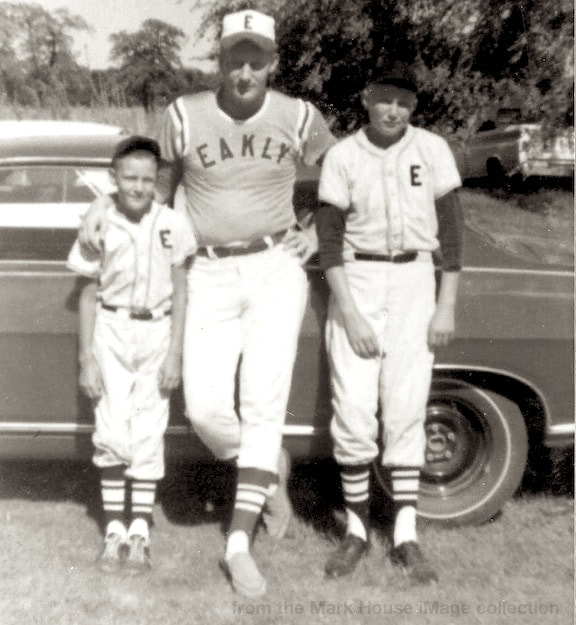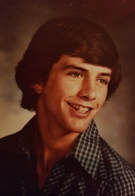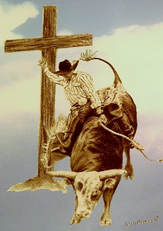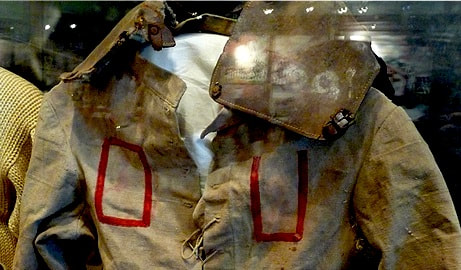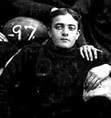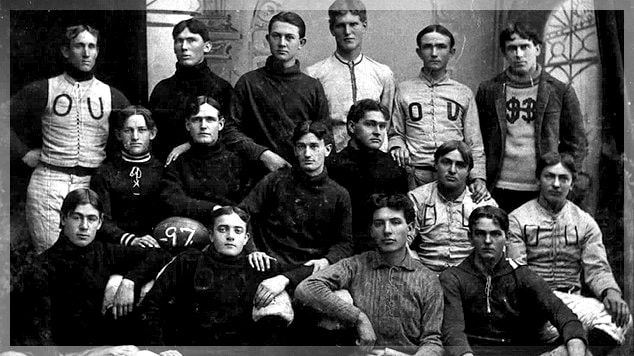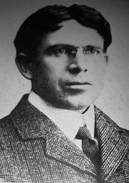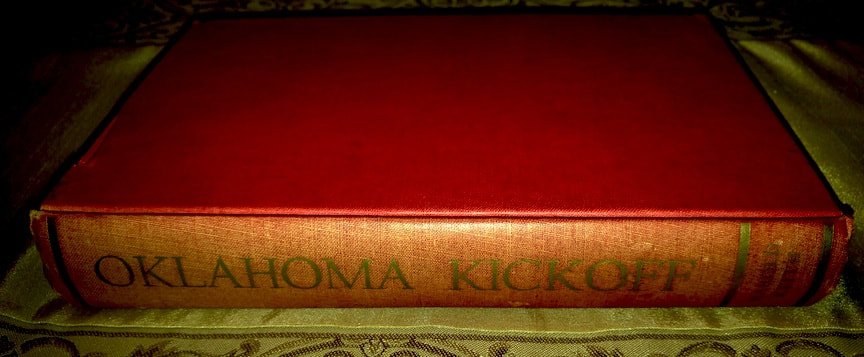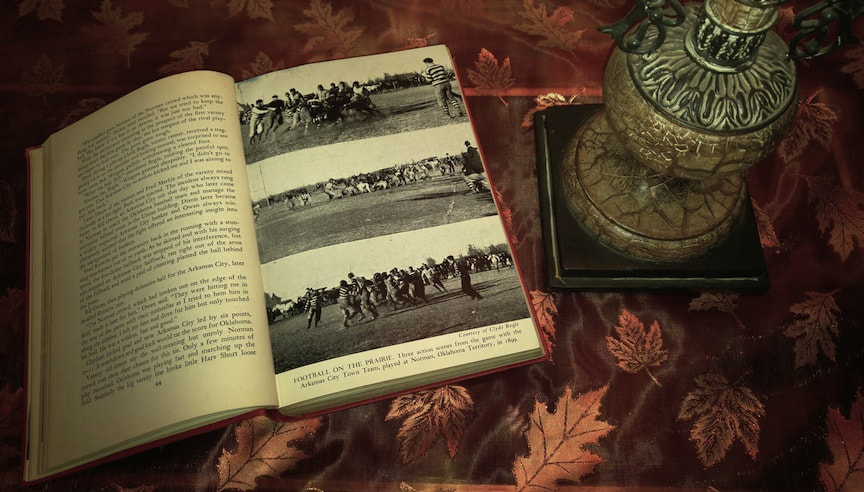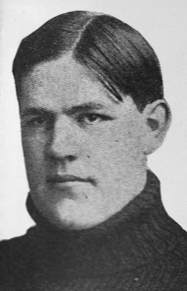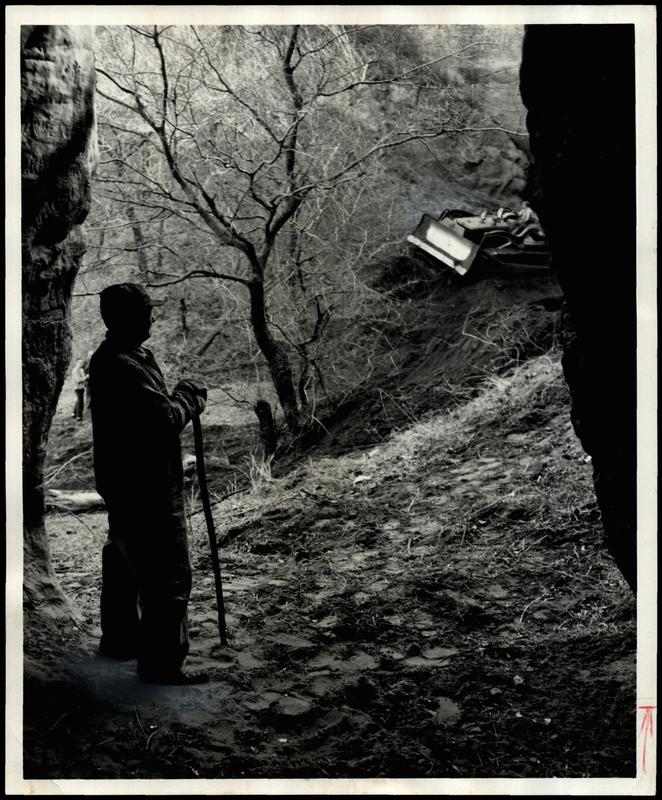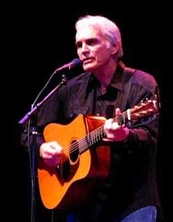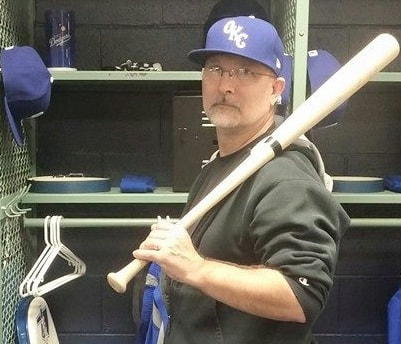"No Fear" is a yesteryear Nike slogan and a name brand clothing line created in 1989. This courage encouraging catchphrase has more recently evolved into brand identity for a high energy drink distributed by the Pespi Cola Company.
There's no human being I can think of that personally personified such "No Fear" and high energy branding to its fullest capacity other than my friend and former National Aerobatic Champion Tom Jones from Oklahoma City.
I write in past tense as Tom lost his life doing what he loved most near thirty years ago while performing in front of historically the largest air show crowd in Oklahoma City. This happening in 1990 as Tom served as the actual director and pinnacle performer within what was considered a top tier world class air show.
As that thirty years later makes an approach landing, it's tough to say, tough to remember, tough to write, but, I press on to document Tom's high energy success with honor and remembrance, and, with "no fear."
It is quite ironic that Tom's career was about to skyrocket in parallel fashion with the previous century "No Fear" slogan created in 1989. This being is the same year he was historically selected as Oklahoma's only member (ever) of the U.S. World Aerobatic Championship team.
If you start with the innovative aeronautical expertise of Wiley Post; blend it with the greatest of Oklahoma's ambassadorship found in Will Rogers; add a dash of "no fear" high energy courage larger than the greatest of any athlete, and, you get Oklahoma's only "Unlimited Category" National Aerobatic Champion in Tom Jones.
Tom Jones harnessed the ultimate thrill and skill of flight in 1970 as a member of the Tinker Air Force Base Aero Club progressing into an active air show performer in 1981. Up to his untimely death in 1990, Jones flew over 75 different types of aircraft, accumulated over 4,000 flight hours and served as Director of Oklahoma City's Aerospace America Air Show which has been historically recognized as a top five air show worldwide.
With thoughts of the late Tom Jones being the most unique and fearless Oklahoma athlete to successfully compete and win on National and International levels, I respectfully request consideration for honorable and posthumous Oklahoma Sports Hall Of Fame induction. This for remembrance of his unique championship accomplishments within the realm of aviation sport. As well, to recognize his ambassadorship for, and contributions to, the great state of Oklahoma.

